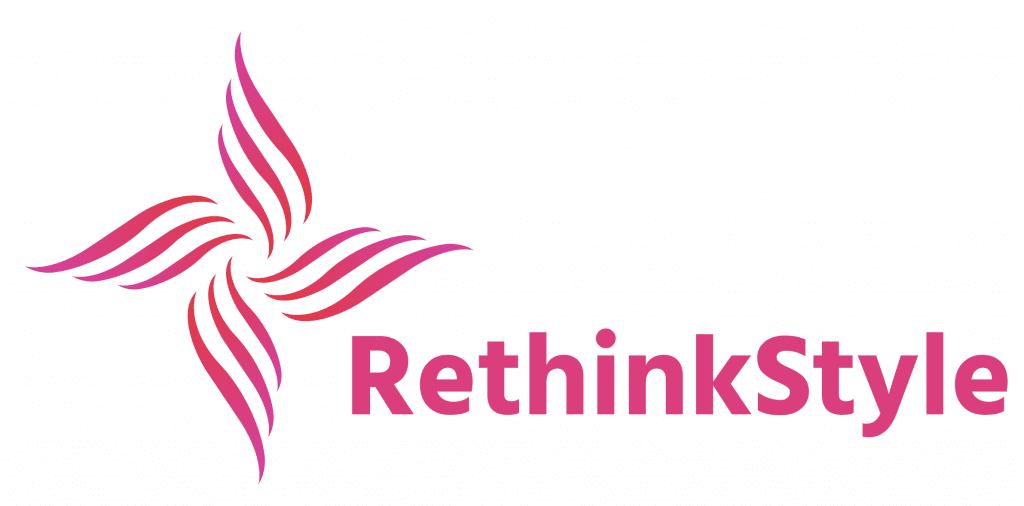Preppy style, with its clean lines and classic aesthetic, has weathered numerous fashion cycles, yet it remains as relevant and dynamic as ever. Initially rooted in the collegiate attire of America’s Ivy League schools, this fashion paradigm has expanded well beyond its academic origins to signify a broader lifestyle and attitude.
What Is Preppy Style Today?
In modern fashion, preppy style has transformed from its traditional, somewhat exclusive origins to a more accessible and diverse fashion statement. The influence of public figures like Emma Chamberlain and Zendaya, who blend classic preppy elements with contemporary trends, underscores the style’s evolution.
Even traditional items like boat shoes have found their way into collections of high-fashion brands such as Miu Miu, signaling preppy style’s entrenched position in both mainstream and high fashion.

This adaptability speaks volumes about the essence of preppy style today—it is no longer just a reflection of upper-class leisure.
Still, it has morphed into a versatile and enduring approach to dressing that appeals globally. Designers have reinterpreted preppy staples through various cultural lenses, from Miuccia Prada’s Italian tailoring to Dries Van Noten’s unique Belgian twist and Maison Kitsuné’s blend of Japanese and French sensibilities.
The Evolution of Preppy Style
The journey of preppy style from its origins to the present day highlights significant changes in both fashion sensibilities and societal norms. Lisa Birnbach, the author behind the influential “The Official Preppy Handbook,” has witnessed these shifts firsthand.
According to Birnbach, preppy style in the 1980s was characterized by a more understated and exclusive approach—garments were often baggy, the colors were muted, and the overall vibe was discreet.
However, by the time of her 2010 follow-up “True Prep,” the preppy look had undergone a vibrant transformation. An influx of new brands had emerged, introducing a brighter color palette and better-fitted garments. The evolution didn’t stop there; the style continued to absorb influences, making it more inclusive and adaptable than ever before.

One significant aspect of preppy style’s enduring appeal is its association with quality and timelessness. Despite trends that come and go, the core elements of preppy fashion—such as well-made shirts, classic blazers, and sturdy footwear—remain staples. This quality has made preppy style a reliable “comfort food” of fashion, especially in uncertain times. It represents a safe choice, a return to familiar, enduring values when the world feels unstable.
Preppy Style and Its Socioeconomic Connotations
Despite its broader reach, preppy style still carries certain socioeconomic connotations. Originally a marker of East Coast affluence and exclusivity, the style’s adoption across various demographics has somewhat diluted this association.
Yet, it often hints at a lifestyle of elegance and quiet luxury. This dual nature of preppy fashion—both classic and adaptable, exclusive and universal—adds to its complexity and allure in contemporary culture.

Preppy style today also wrestles with the contradictions inherent in modern consumer culture. The original preppy ethos valued frugality and discretion, sometimes at odds with today’s luxury fashion market. Birnbach points out the irony of expensive basic items that clash with traditional preppy values of modesty and longevity in fashion.
This evolution of preppy style reflects a broader narrative about fashion’s role in society—it is both a response to and a driver of cultural shifts. As people navigate changing social landscapes, their clothes can offer both a statement of individuality and a link to a collective history.




